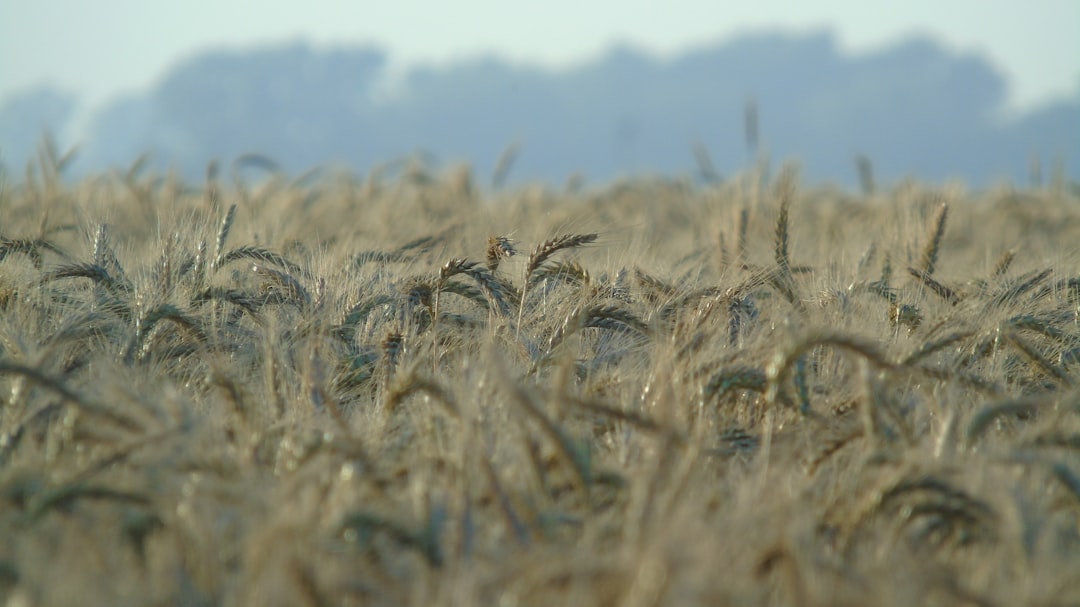What is it about?
If archivists use AI tools to arrange, describe, select, or process groups of records, how should they inform users that AI may have influenced the collections which archival researchers encounter? This paper proposes the term paradata as a concept and approach to documenting AI tools and their relationship to groups of records.
Featured Image

Photo by Sigmund on Unsplash
Why is it important?
AI tools can greatly increase the productivity of archival workers, but may also introduce challenges to archivists who may not be able to fully understand or explain the workings of these complex and opaque tools. By recording paradata as documentation of archival processes involving AI, archivists can protect the integrity of their collections for future generations. Recording paradata to make this processing clear to users can maintain transparency within the archival profession even with the introduction of complex AI tools.
Perspectives
Writing as someone with a background in archives and library work, I hope that this article draws together some separate conversations in different fields - artificial intelligence, virtual heritage, and archiving - in a way that is useful for archivists and others working with AI. It was a great chance to dive into this literature and to think about what we can do to make AI into a practical and ethical tool for use in archives and records contexts.
Scott Cameron
Read the Original
This page is a summary of: Positioning Paradata: A Conceptual Frame for AI Processual Documentation in Archives and Recordkeeping Contexts, Journal on Computing and Cultural Heritage, November 2023, ACM (Association for Computing Machinery),
DOI: 10.1145/3594728.
You can read the full text:
Contributors
The following have contributed to this page










